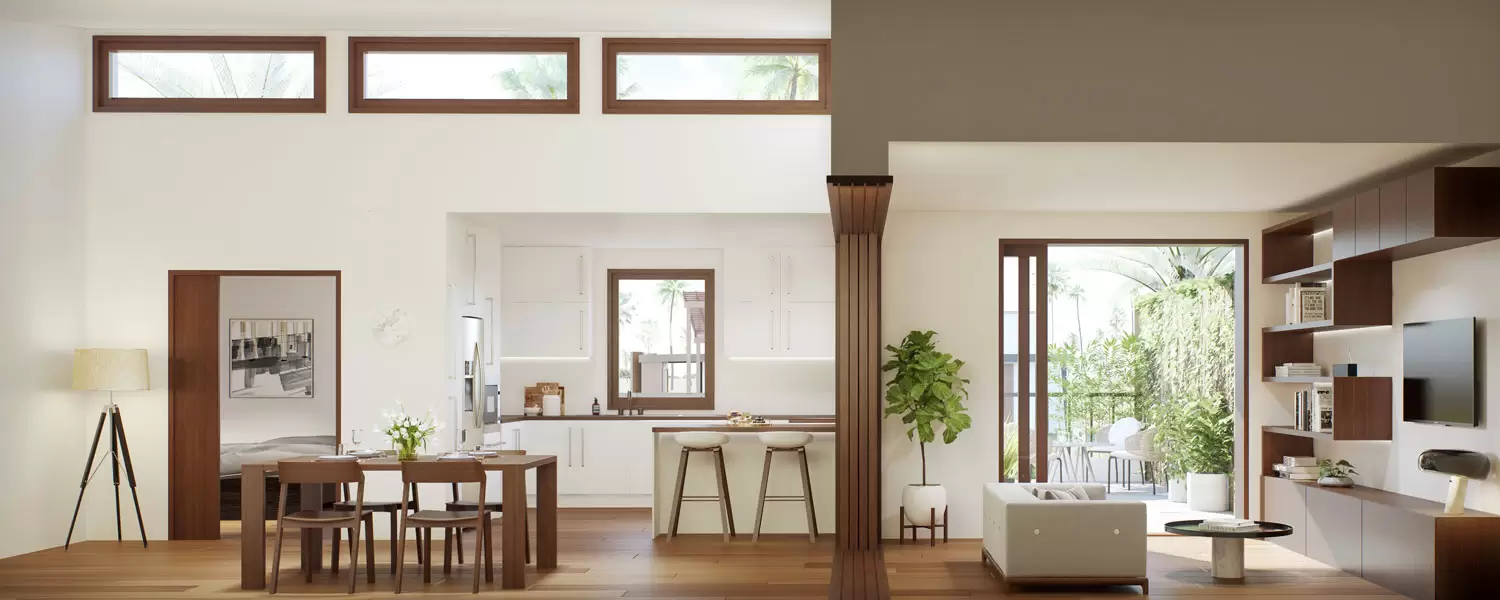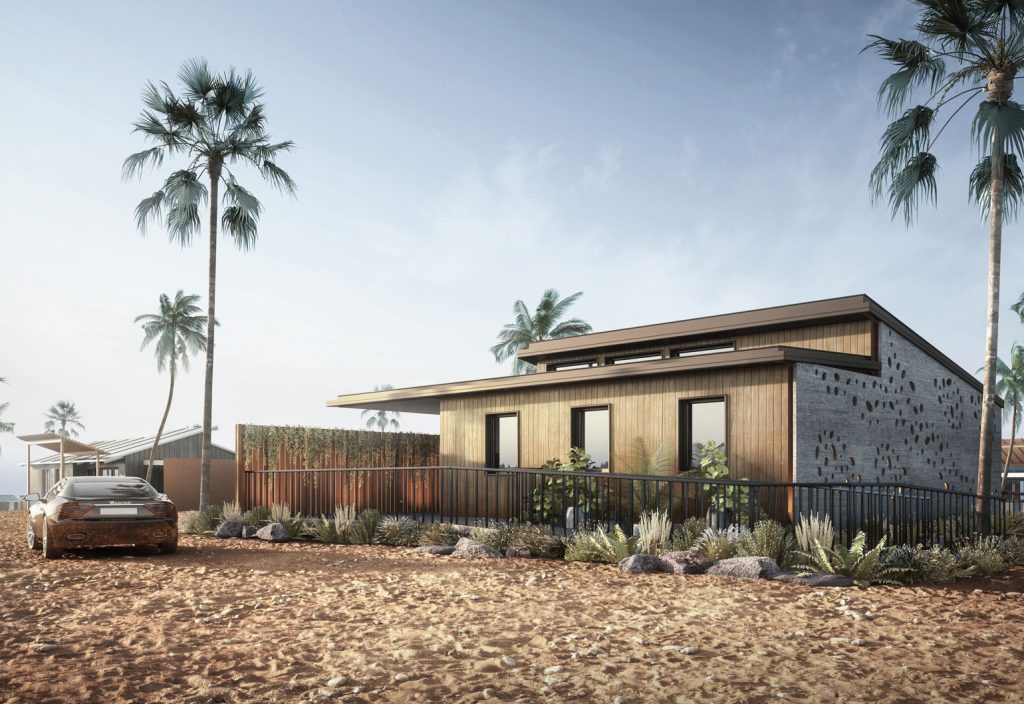A team from the University of Wollongong has created a house that not only produces more energy than it uses but allows elderly occupants to get the most out of life.
Automating tasks around the house can make life easier for those suffering from dementia, but there are certain places where it can be overdone.
This is one of the lessons Clayton McDowell, student lead and project manager at Team UoW, learned during a PhD study.
Take household blinds, which could easily be made to self-open when the sun comes up.
“What we typically do in the morning is when you wake up you open the blinds in your bedroom and that’s kind of a morning ritual for most people to greet the day,” he told create.
“It’s a fine line how you solve these issues; you don’t want to automate the entire house because that removes people’s activities, and you still want to engage in activities … Something we learned doing this project is how to balance technological integration with human activities and encouraging people to do things.”
McDowell interviewed 200 people aged over 60 as part of a project under the Low Income Energy Efficiency Program, auditing their households for energy use, temperature and thermal comfort, ultimately retrofitting 184 these.
The work inspired Team UoW Desert Rose House project, involving roughly 200 people from numerous disciplines to create a solar-powered, net-zero energy home. They will compete in this year’s Solar Decathlon Middle East, to be held in Dubai in November 2018.
Ageing considerations for features
As though the constraints of the competition weren’t enough, McDowell wanted to also target problems associated with an ageing population.
The house will be disassembled at University of Wollongong Innovation Campus, flat-packed and then shipped to Dubai. It must be re-assembled within 10 days for the competition and then taken apart within five.
“Problem solving that and coming through and doing stuff that no one’s ever done before is quite a challenge,” he said.
“That runs right through to how you connect the electrical systems, to how you connect to plumbing, [through] to your air conditioning.”

The team received input from ageing expert Professor Richard Fleming and adopted some of his design principles.
Line of sight was a major consideration. For example, the toilet bowl is the first thing the occupant will see as they wake up, reminding them to use it and avoid accidents later. The dining table will be in full view as seen during a trip from the living space to the bedroom: a reminder to eat.
Doorways, halls and more can accommodate a wheelchair or walking frame, and slots are in place on wall frames so that rails can be installed if needed later.
The vision is a house that is not only self-sufficient, but can adapt as the occupant ages. McDowell presented on this topic of “a house for life” at September’s Australian Engineering Conference.
Tapware gives visual cues regarding water temperature, and taps are operated by electronic sensors, as mechanical valves might be too difficult to turn for an older person.
Two notable sustainability innovations are in coupling phase change materials (PCM) with the air conditioning unit, and “model predictive control” for battery use. The PCM acts as a thermal battery, and the smart control system maximises efficient energy use.
“[PCM] enables us to offset our air conditioning load to nighttime when the power price is cheaper in Dubai but also the air temperature’s cooler,” McDowell said.
“So the coefficient of performance of our heat pump actually goes up as well.”
Model predictive control uses algorithms to control charging and discharging of the battery, considering when the windows are opened and closed, when air conditioning and appliances are used, the weather and the occupant’s behaviour.
Input from all corners
McDowell began his bachelor degree as a mechanical engineer in 2005, discovering a passion for renewable energy. Opportunities were limited after graduation, however, due to the GFC.
After four years working on underground mine pump stations while studying a Master’s part time, McDowell worked as a project engineer at Condong Sugar Mill’s biomass cogeneration plant before heading back to University of Wollongong to begin a PhD.
Graduation is currently on-hold due to the complex Desert Rose project. It featured students from every faculty of engineering at the university except mining, and students from communications, events management and other fields, trades students from Wollongong TAFE and even a chef.
“It’s ridiculous; I’ve never worked with so many disciplines before on any project,” McDowell said.
The problems tackled are significant, too. It’s estimated more than 425,000 Australians currently live with dementia, with the number to climb as the population ages.
The technology that students contributed is around five years ahead of the market, McDowell estimates, and around a decade ahead of US building codes.
“That shows that it takes a little while to get a lot of this stuff out into the industry, but we definitely will be looking at what knowledge we can put out there,” he said, adding that most of the building’s information will be put online next year where it can benefit as many people as possible.
“So the house plans and stuff like that end up going up on the website so anyone could technically download it, take them to their builder and say, ‘I want one of these’.”
